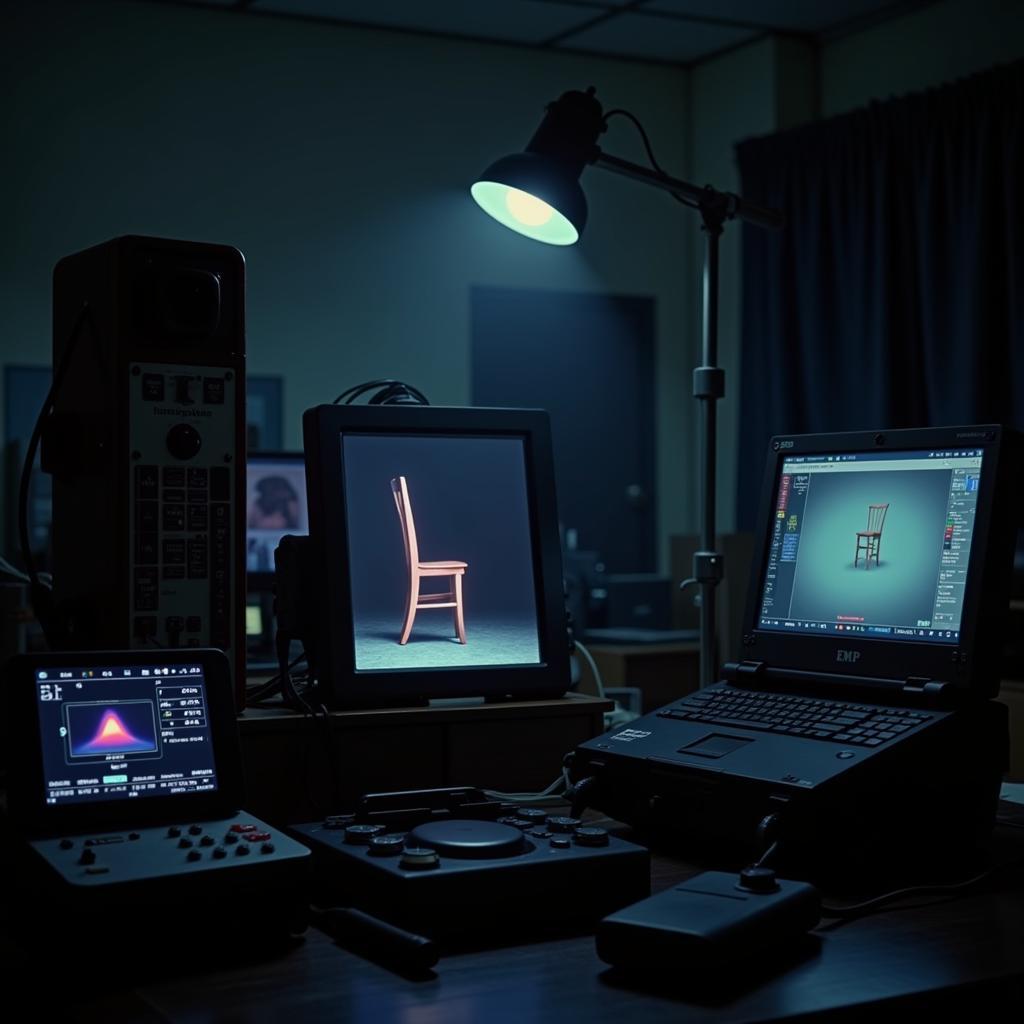When delving into the world of unexplained phenomena, it’s crucial to discern between anecdotal accounts and evidence-backed research. So, “Which Of These Is Most Likely To Contain Research-based Findings” is a question any discerning paranormal enthusiast should ask. Let’s explore the key indicators that differentiate credible sources from mere speculation.
 Stacks of research papers related to paranormal investigation
Stacks of research papers related to paranormal investigation
The Hallmarks of Reliable Research
While personal experiences and folklore can be intriguing, they lack the rigorous methodology that characterizes scientific inquiry. To determine if a source genuinely contains research-based findings, look for these essential elements:
1. A Clear Research Question or Hypothesis
Reputable research begins with a specific question or testable hypothesis. This provides a clear direction for the investigation and helps to ensure that the findings are relevant and meaningful.
2. Rigorous Methodology
The backbone of credible research lies in its methodology. Look for studies that clearly outline the methods used to collect and analyze data. This might include experimental designs, statistical analysis, or qualitative research techniques.
 Paranormal research equipment set up in a laboratory setting
Paranormal research equipment set up in a laboratory setting
3. Peer Review and Publication
Before research findings are accepted within the scientific community, they undergo a rigorous process of peer review. This involves having other experts in the field scrutinize the study’s design, methodology, and conclusions. Publication in a reputable academic journal is often a sign that the research has met certain quality standards.
4. Data Transparency and Replication
Credible research makes its data accessible for others to examine and analyze. Transparency allows for independent verification and strengthens the validity of the findings. Additionally, the ability to replicate the study’s methods and results further solidifies its scientific merit.
Navigating the World of Paranormal Research
When encountering claims of paranormal phenomena, it’s essential to approach the information with a critical eye. Here are some questions to ask:
-
What is the source of the information? Is it a peer-reviewed journal article, a book by a respected researcher, or a website with no clear author or credentials?
-
What are the credentials of the author(s)? Do they have relevant expertise in the field of paranormal research or a related discipline?
-
What methodology was used in the study? Does the research employ scientific methods, or is it based on anecdotal evidence or personal beliefs?
-
Are the findings consistent with other research in the field? If the study’s conclusions contradict well-established scientific principles, it’s crucial to examine the evidence carefully.
 A skeptical investigator carefully reviewing paranormal evidence
A skeptical investigator carefully reviewing paranormal evidence
Conclusion
While the allure of the unknown can be captivating, it’s crucial to approach paranormal research with a discerning mind. By prioritizing research-based findings grounded in scientific methodology and critical analysis, we can navigate the world of the unexplained with informed curiosity. Remember, seeking credible sources is paramount in separating genuine insights from mere speculation.
Need Help Exploring the Paranormal? Our team at Paranormal Research is dedicated to providing you with accurate and insightful information. Contact us at:
Phone: 0904826292
Email: research@gmail.com
Address: No. 31, Alley 142/7, P. Phú Viên, Bồ Đề, Long Biên, Hà Nội, Việt Nam.
We’re available 24/7 to assist you with your paranormal inquiries.